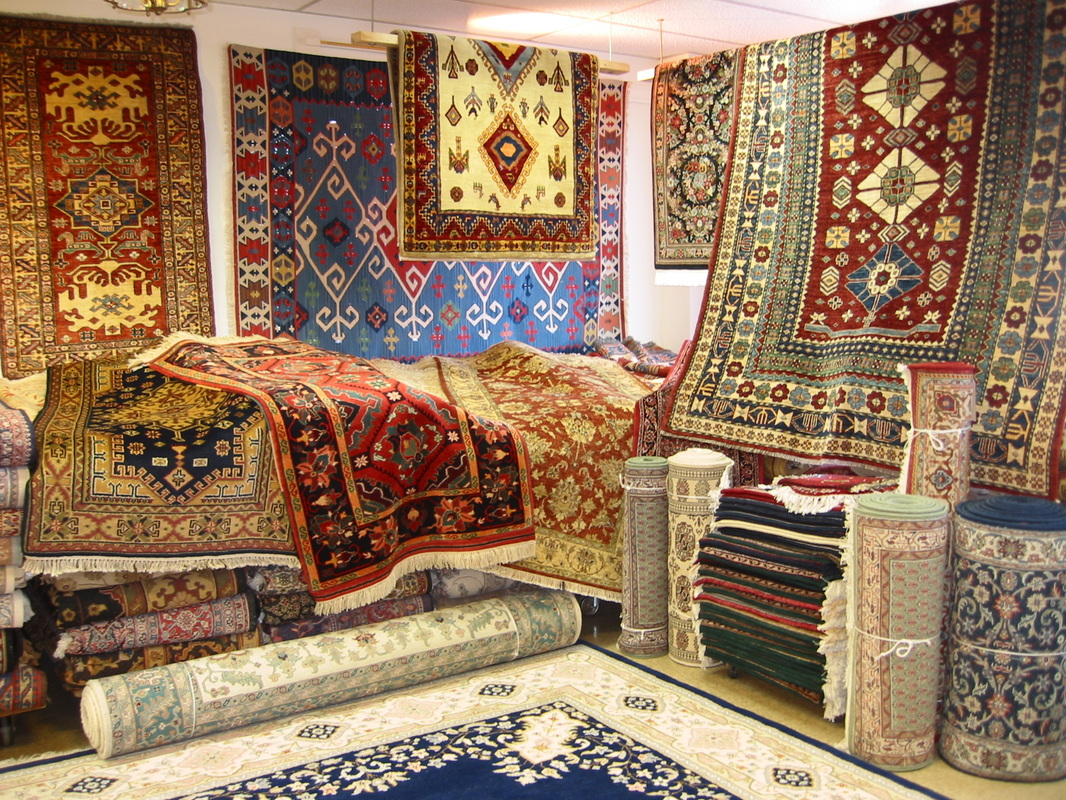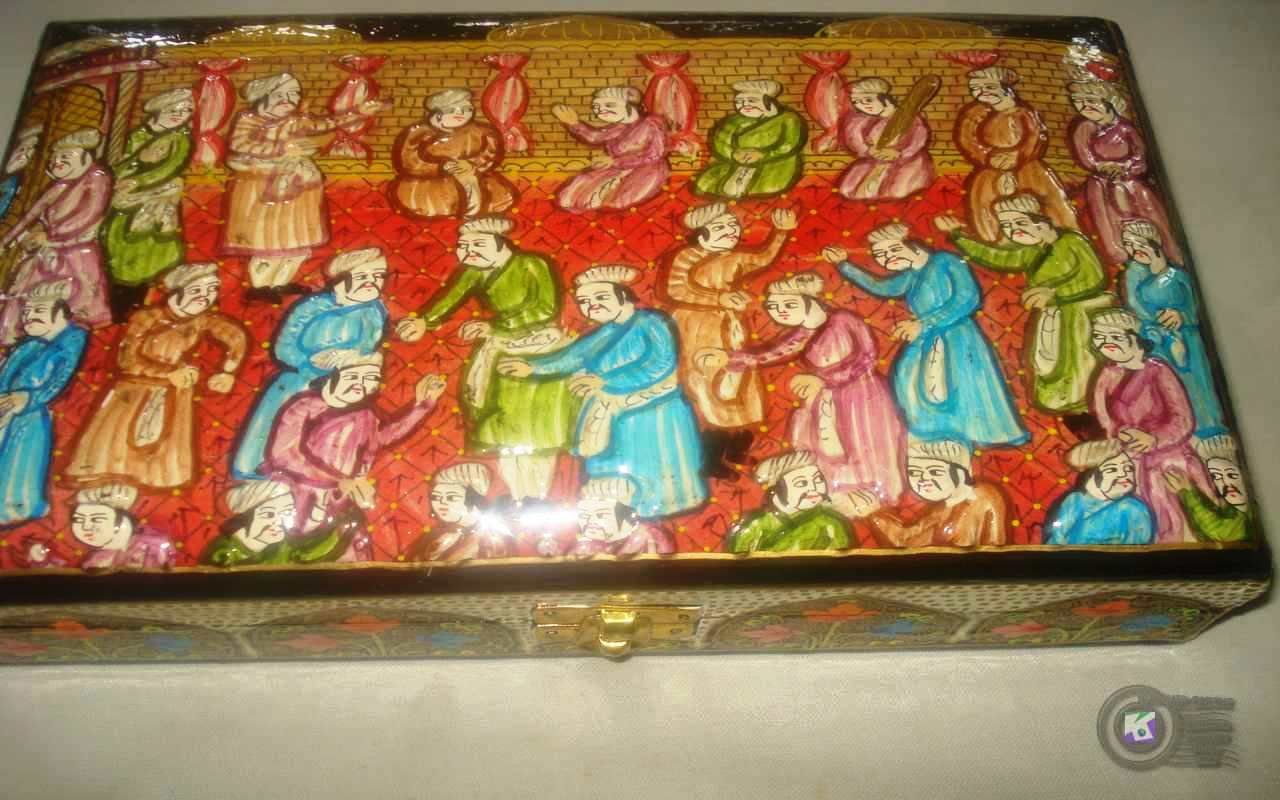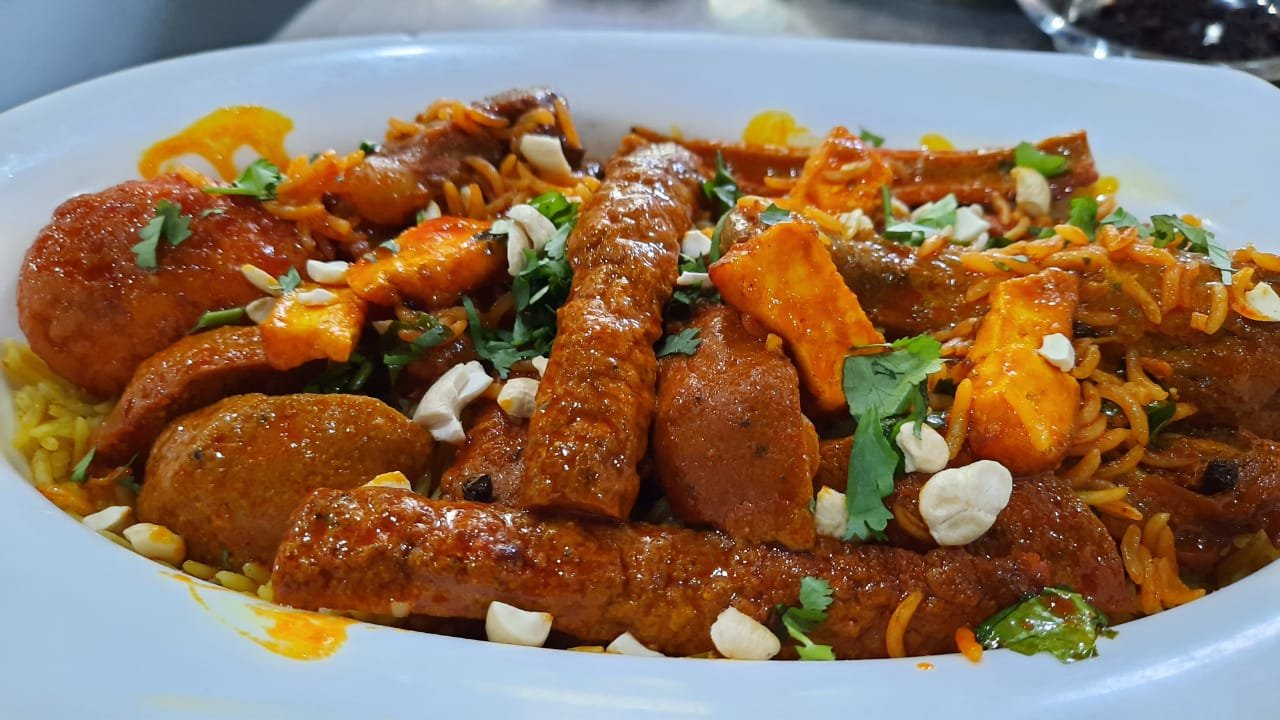History: Kashmiri Carpets known world over for their finesse and the beauty have traveled many books in history to reach the present day masterpieces. The art of carpet weaving originated from Iran, Turkistan, China and Azerbaijan. ” PERSIAN CARPETS” (Iranian) amongst all achieved distinction for their quality weaving and designs. Carpet weavers, however always hunted for the best material – Silk and Wool in particular. This led to mass immigration of artisans from Central Asia and Iran in particular. It is also said that then Kashmir King Zain – ul – Abideen who encouraged the carpet weaving in Kashmir brought many artisans from Persia to start carpet weaving here with the material that was par excellence. Kashmir was known world over for the best silk and wool available over here and the scenery and climate of this ‘heaven on earth’ was intimidating enough for the artisans. So, a great number of artisans settled over here and this led to the creation of finest carpets of the world- “KASHMIRI CARPETS”.
Raw Material: The raw material of which a carpet is made essentially consists of silk, wool and cotton (staple). Kashmiri wool and silk is known world over for its purity and durability and the combination adds to the life and quality of carpets. A carpet can be made as “wool-on-cotton”, “silk-on-wool’ and the best one “silk-on-silk”. The latter is expensive for its silk content and weaving.
Quality of the silk – experts say depends on the climate, water used for processing and dying of the silk yarn and the altitude where the mulberry trees grow that feed the silk producing worms. Thus, Kashmiri silk is the ideal one for this category of carpet.
Staple Carpets are low budget carpets mode of artificial silk & cotton. These are also handmade and look like silk carpets with similar designs and color-scheme and available in all sizes.
Dyeing: Dyeing of the carpets is done by exclusively traditional process with natural colors extracted from the local herbs and minerals of valley that beautify the carpet designs without affecting the silk, thus prolonging life of a carpet.
Weaving: Weaving of the carpets is done in accordance with a “Talim” – coded script of knots per square inch along with color scheme and design of the carpet on the base. The base is usually cotton or a mixture of silk and wool. And for the ones that have silken warp as a base and knots too of silk is most expensive fondly called “Silk-on-Silk”. The quality and finesse of the carpet is judged by the number of knots per square inch area, the design, the colors used, the quality of the yarn, crisp outline and the weight of the carpet. Secondly, it depends on the Talim – the perfect design code, the marvel of geometry and artistic excellence that gives dexterity to the designs of carpet. Beauty of Kashmir is reflected in every design. Artists find it most inspiring and designs produced are matchless.
The larger the number of knots per square inch, the better is the quality of the carpet and this is where the carpets have improved. This is the general criterion for evaluating Carpets, normally ranging from 200 to 1200 knots per inch.
Designs: Again the natural beauty influences like ever it does on artisan , to culminate into the reflection in his art. Kashmiri carpets show beauty and color combination that looks so natural and aesthetically appealing yet known by the traditional names- ” Art Goda”, “Dabba Daar”, “Phool Daar” etc. But most of the carpet names have retained their Persian names that were the names of the places of their origin in Persia – Hamdaan, Isfahaan, Qum, Kashaan etc. You can choose from variety of designs and colors depending upon your choice and the purpose. But the process could be really bewildering as to choose from the treasure that is all to be amassed than to be chosen from.







Leave a comment